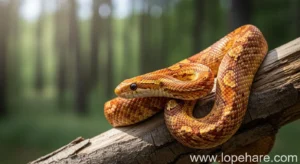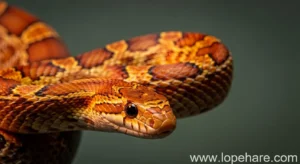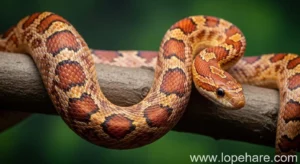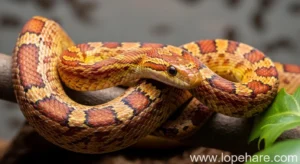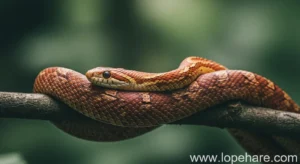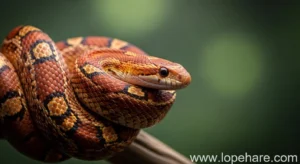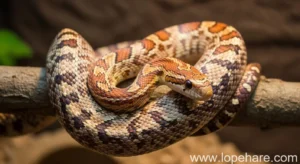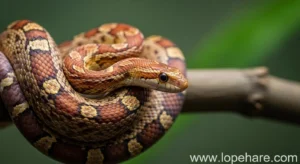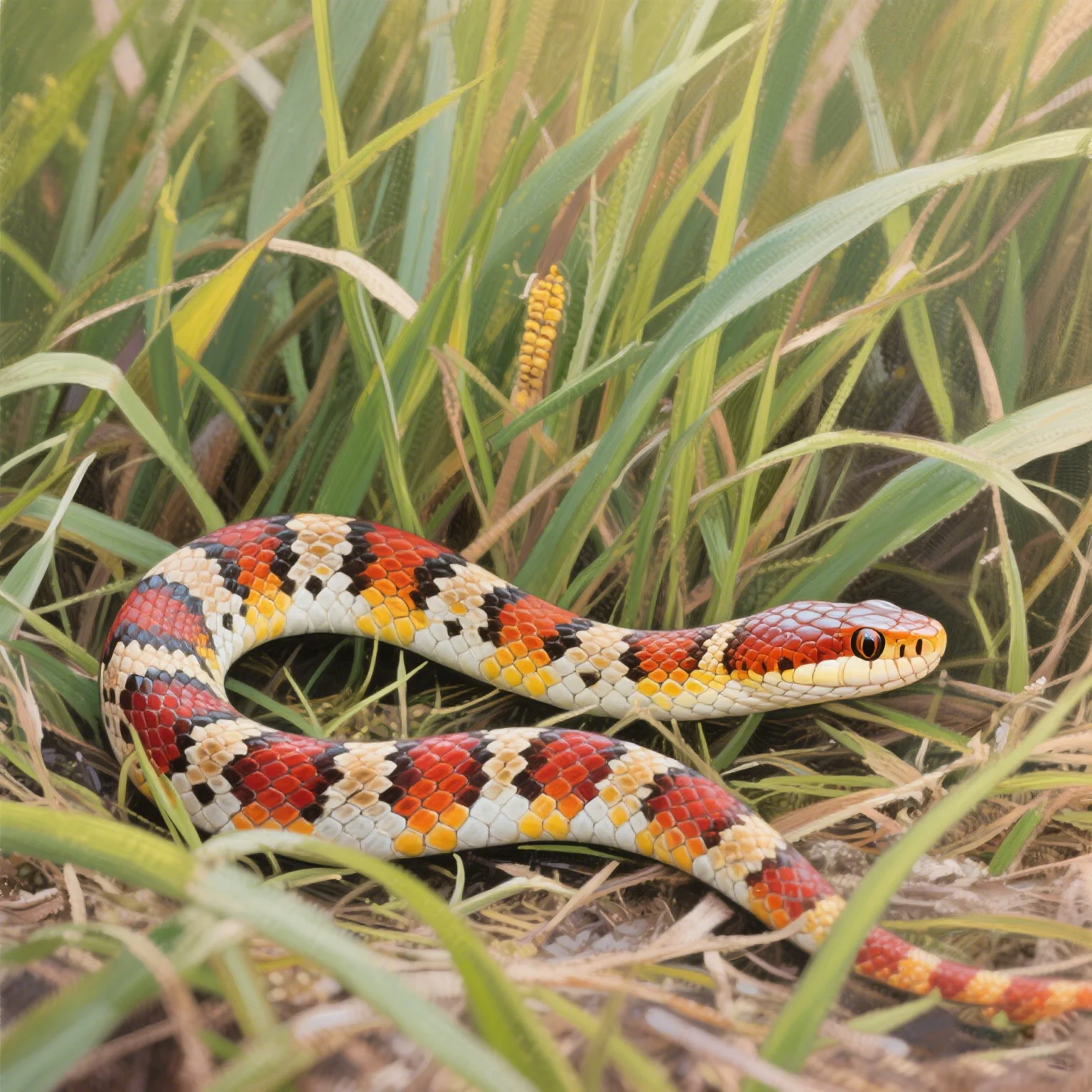
Reptile Husbandry
Outdoor Enclosures for Corn Snakes: Pros and Cons
As passionate advocates for small and exotic pets here at lopehare, we often explore ways to enrich the lives of our reptilian companions. While indoor enclosures are standard and perfectly adequate for most corn snakes, the idea of providing a more naturalistic, outdoor environment sometimes crosses the minds of dedicated keepers. But is this a viable or even safe option? Let’s delve into the world of outdoor corn snake enclosures and weigh the potential benefits against the considerable risks.
Introduction: Considering the Outdoors
Corn snakes (Pantherophis guttatus) are native to the southeastern United States, where they experience varying outdoor conditions throughout the year. This fact leads some keepers to believe that replicating an outdoor environment could provide superior enrichment compared to a strictly indoor setup. While the intention is noble, transitioning a captive-bred corn snake to an outdoor setting, even a controlled one, is not a decision to be taken lightly. It introduces a host of variables that are much harder to manage than those in a climate-controlled indoor space.
What is an Outdoor Enclosure?
An outdoor enclosure for a corn snake is typically a secure, contained structure placed outside that is designed to protect the snake while providing access to natural elements. These are distinct from simply letting a snake roam freely in a yard, which is highly dangerous and irresponsible. A proper outdoor enclosure must be escape-proof, predator-proof, and offer appropriate environmental controls, albeit ones subject to ambient weather.
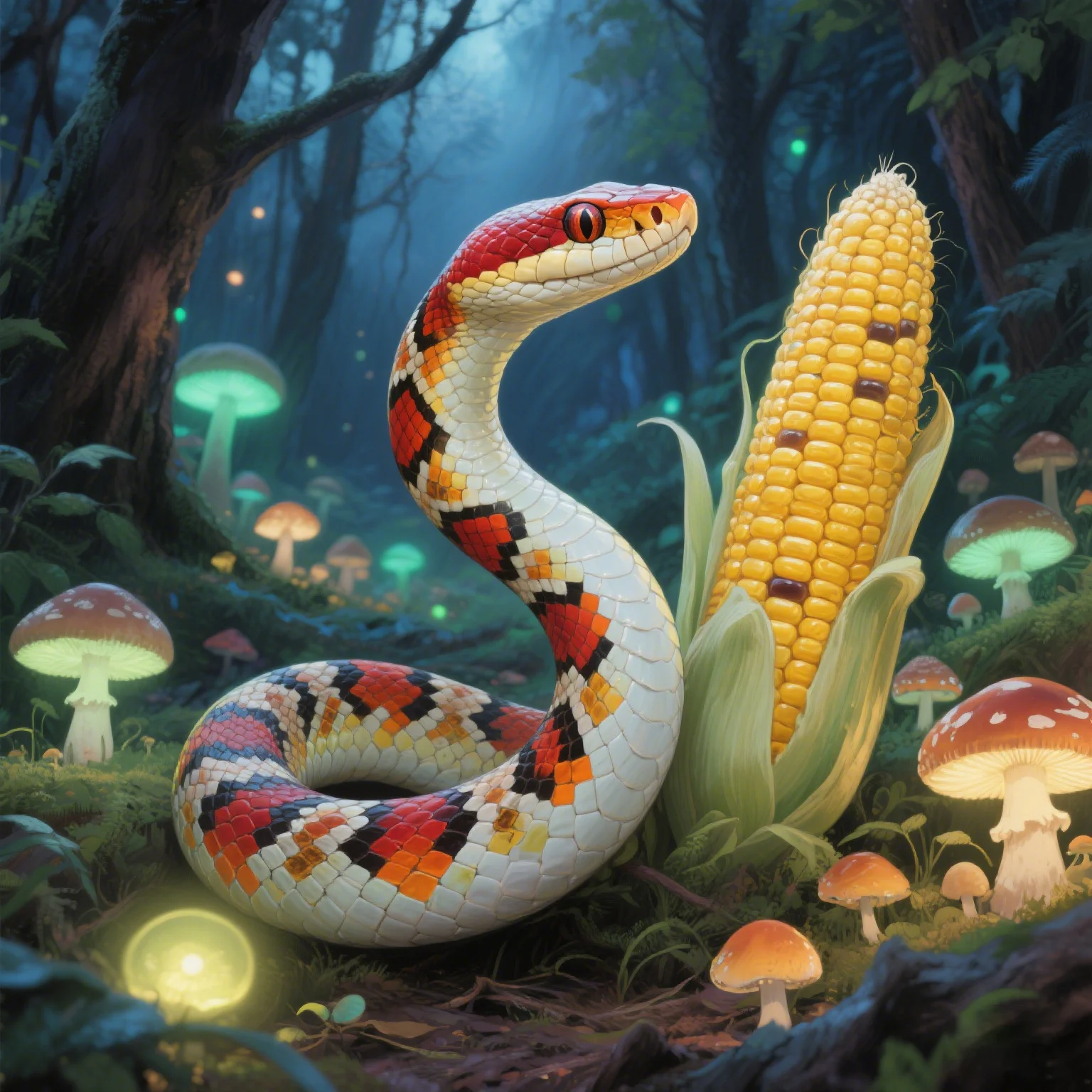
The Advantages of Outdoor Keeping
When done correctly and in suitable climates, outdoor enclosures can offer some potential benefits:
- Natural Sunlight: Direct, unfiltered sunlight (when accessible safely) provides UVA and UVB radiation crucial for vitamin D3 synthesis and overall health, though captive snakes can also thrive with artificial UVB. Natural sunlight offers a broader spectrum.
- Increased Space and Complexity: Outdoor enclosures often allow for larger dimensions and more complex naturalistic landscaping (soil, rocks, branches, live plants) than indoor setups, promoting greater activity and enrichment.
- Natural Temperature & Light Cycles: Exposure to natural daily and seasonal temperature and light cycles can be beneficial for a snake’s natural rhythms and potentially encourage breeding behaviors if that is a goal.
- Improved Ventilation: Screen-sided outdoor enclosures offer natural airflow, reducing the risk of stagnant air which can contribute to respiratory issues, provided humidity levels are managed.
However, these potential benefits are contingent on highly controlled conditions and outweighing the significant risks.
The Significant Risks and Downsides
This is where outdoor keeping becomes much more challenging and often, for average keepers, impractical or unsafe:
- Temperature Fluctuation: Ambient outdoor temperatures are unpredictable. Sudden drops or spikes can quickly become lethal for a corn snake. Maintaining a safe temperature gradient requires significant effort, monitoring, and potentially supplemental heating/cooling, especially during unexpected weather changes. Snakes cannot regulate their body temperature internally and rely entirely on their environment.
- Humidity Control: Rain, dew, or drought can cause extreme humidity swings. Too high humidity without adequate ventilation leads to scale rot or respiratory infections. Too low humidity causes shedding problems and dehydration. This requires constant monitoring and intervention.
- Predation Risk: Even a seemingly secure enclosure can be breached by determined predators like raccoons, opossums, birds of prey, or even domestic cats and dogs. Any small gap can be an entry point.
- Escape Risk: Snakes are master escape artists. An outdoor escape is almost certainly fatal due to predation, weather, or inability to find food/shelter. Security must be absolute, which is harder to guarantee outdoors.
- Parasites and Pathogens: Outdoor environments expose snakes to wild parasites (mites, ticks) and potential pathogens carried by wild animals.
- Pesticides and Chemicals: Runoff from lawn treatments, fertilizers, or airborne sprays can be toxic.
- Monitoring Difficulty: It’s harder to observe a snake’s behavior, appetite, and health status closely in a large, naturalistic outdoor enclosure compared to an indoor one. Problems might go unnoticed until they are severe.
- Climate Dependency: Outdoor keeping is only feasible in climates where the minimum and maximum temperatures fall within a safe range for corn snakes for a significant part of the year. This severely limits where it’s possible. Even in suitable climates, seasonal changes necessitate bringing the snake indoors.
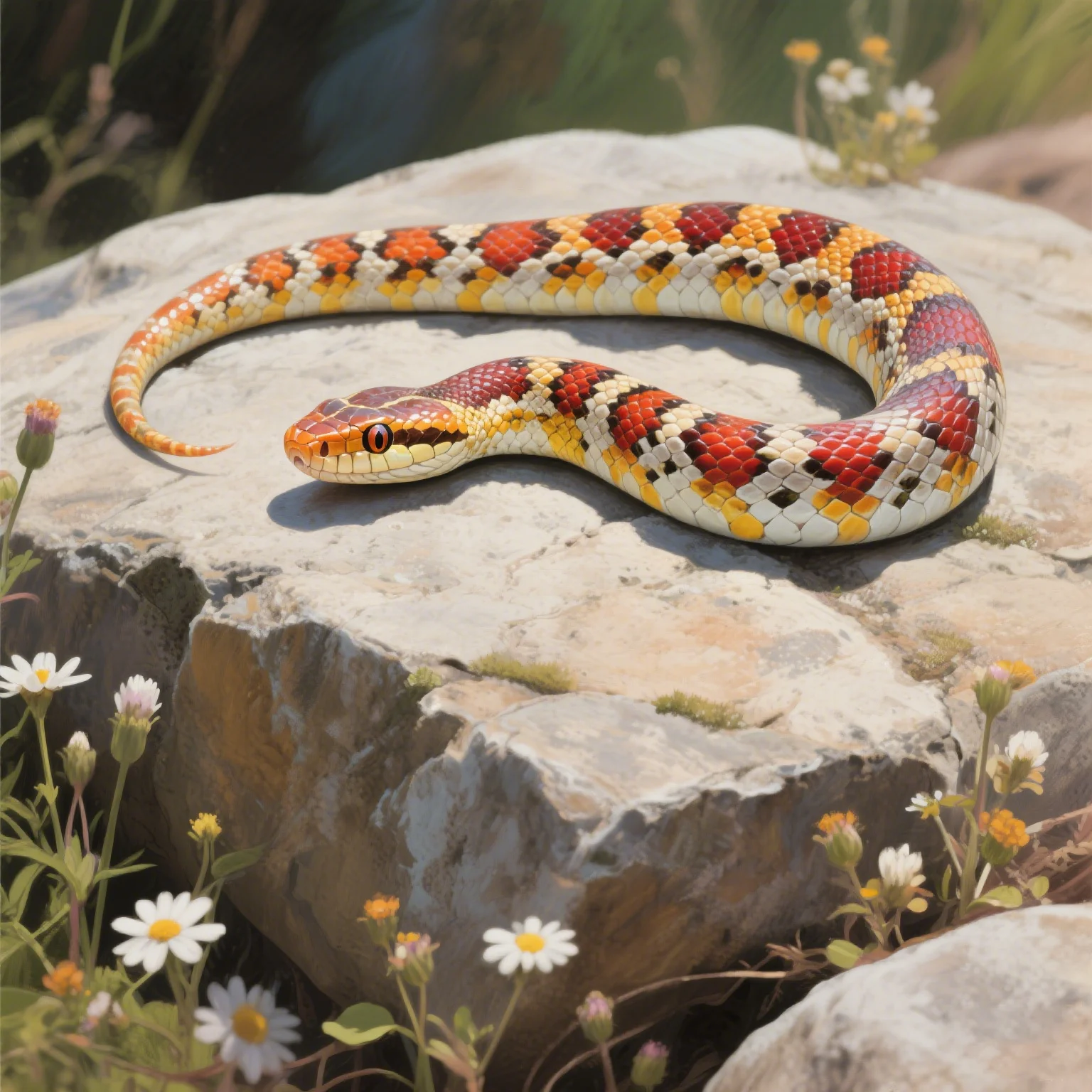
Key Factors for Outdoor Enclosures
If you are determined to explore safely keeping a corn snake outdoors, these factors are non-negotiable:
Site Selection: Choose a location protected from direct wind, harsh sun (except for specific basking spots), and potential chemical contamination. It should be easily accessible for daily monitoring and maintenance.
- Construction: The enclosure must be built with sturdy materials resistant to chewing and digging. Fine mesh wire (e.g., 1/4 inch or smaller hardware cloth) is essential to prevent both escape and entry by predators and large insects. Ensure the top and bottom are secure.
- Security: The enclosure must be locked. Any doors or openings must have robust latches that predators cannot manipulate. Bury wire mesh a foot or more into the ground around the perimeter to prevent digging predators or the snake digging out.
- Environmental Control: Provide multiple hides offering different temperature and humidity levels. Include a basking spot (potentially with supplemental heating if needed on cooler days, requiring careful wiring and safety precautions). Ensure plenty of shade and a consistent water source (misting/dripping). Have a plan for sudden weather changes (e.g., heatwaves, cold fronts, heavy rain).
- Substrate: Use a natural, non-toxic substrate appropriate for corn snakes, allowing for burrowing.
- Monitoring: This is paramount. You must check the enclosure and the snake multiple times a day to ensure temperatures, humidity, and the snake’s condition are optimal. Reliable thermometers and hygrometers are essential.
Tips for Building a Safe Enclosure
For those considering the project of how to build an outdoor corn snake enclosure, here are some starting points:
- Start with a sturdy wooden or PVC frame.
- Cover all sides, top, and bottom with galvanized hardware cloth (1/4 inch or less).
- Bury the bottom edges of the wire at least 12 inches into the ground.
- Install a secure, locking door.
- Add naturalistic elements like branches, rocks (securely placed), and reptile-safe plants.
- Provide multiple hides, including one humid hide.
- Include a basking platform under a secure lid that allows natural sun, or install appropriate artificial heating/lighting if natural conditions aren’t sufficient.
- Always have an indoor alternative available.
Consider Your Climate: Outdoor enclosures are only practical in very specific geographic regions and climates where temperature extremes are limited and predictable. For most places, it’s simply too risky.
Conclusion: Is it Right for You?
While an outdoor enclosure *can* potentially offer some benefits for a corn snake, the risks involved are substantial and require an extremely dedicated keeper, a suitable climate, significant investment in secure construction, and constant vigilance. Escape, predation, and environmental fluctuations pose serious, often fatal, threats.
For the average corn snake owner, a properly sized and furnished indoor enclosure with appropriate heating, lighting, and decor provides a safe, controlled, and enriching environment where the snake’s needs can be reliably met without the significant dangers of outdoor exposure. Here at lopehare, we believe the primary focus should always be on the animal’s safety and well-being. For most corn snakes, this means staying safely indoors.
References:
- Wikipedia: Corn snake
- Journal of Herpetological Medicine and Surgery (Various articles on environmental needs and common ailments of captive reptiles)
